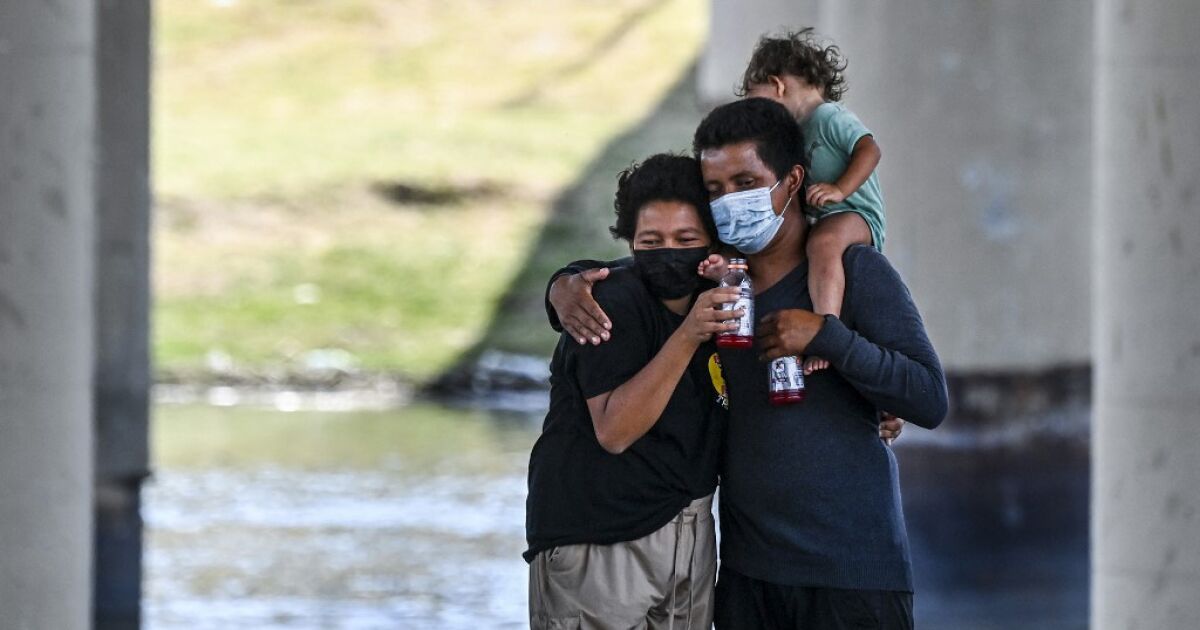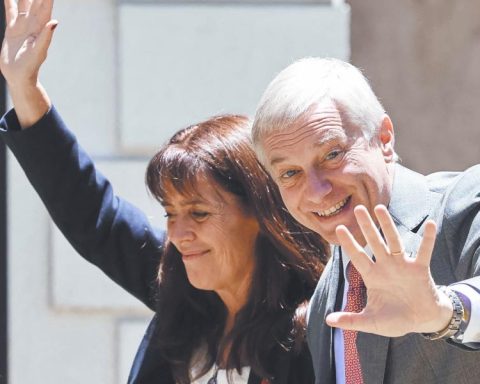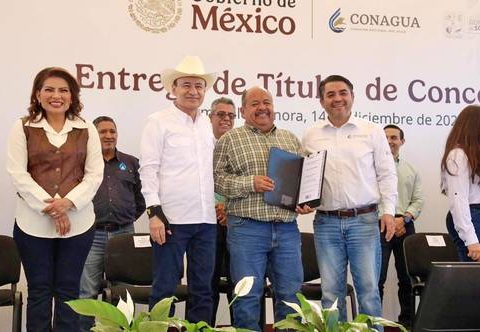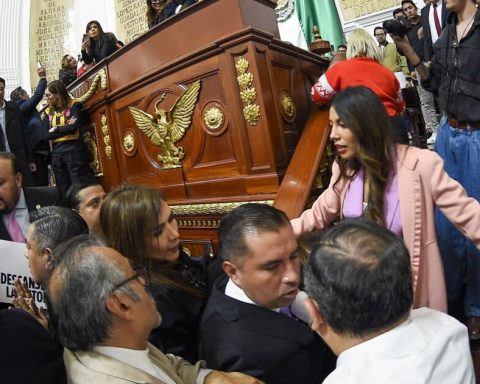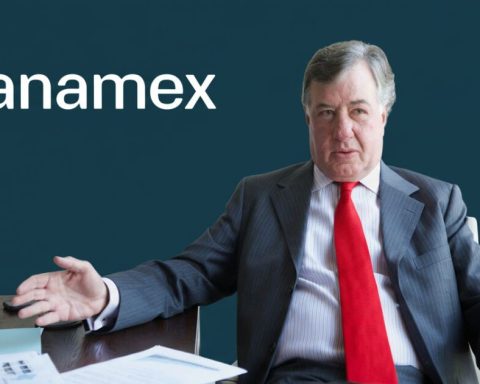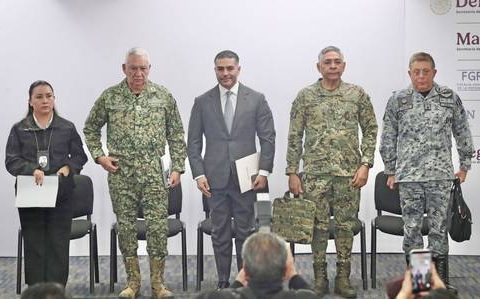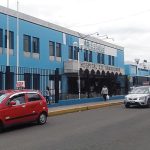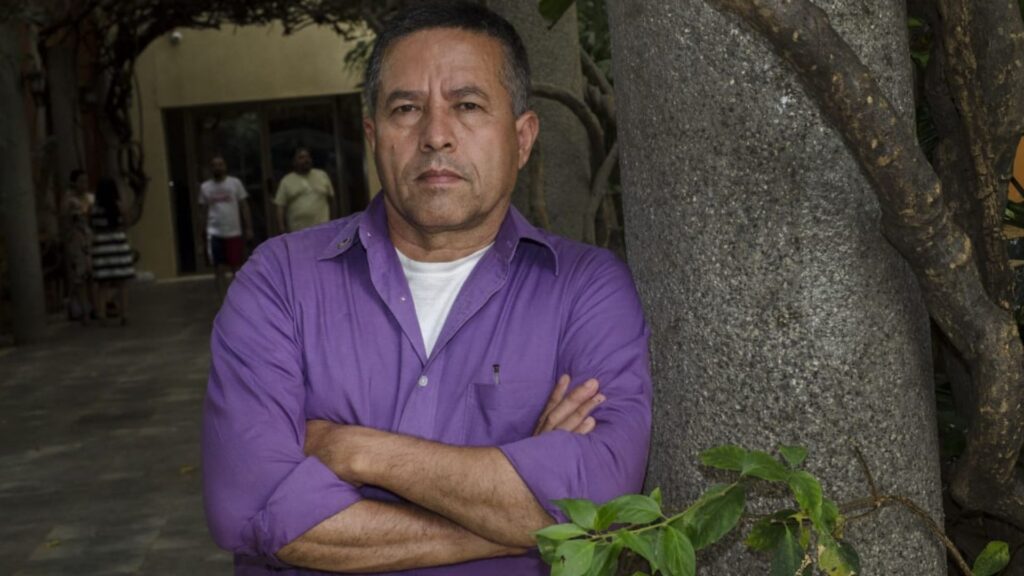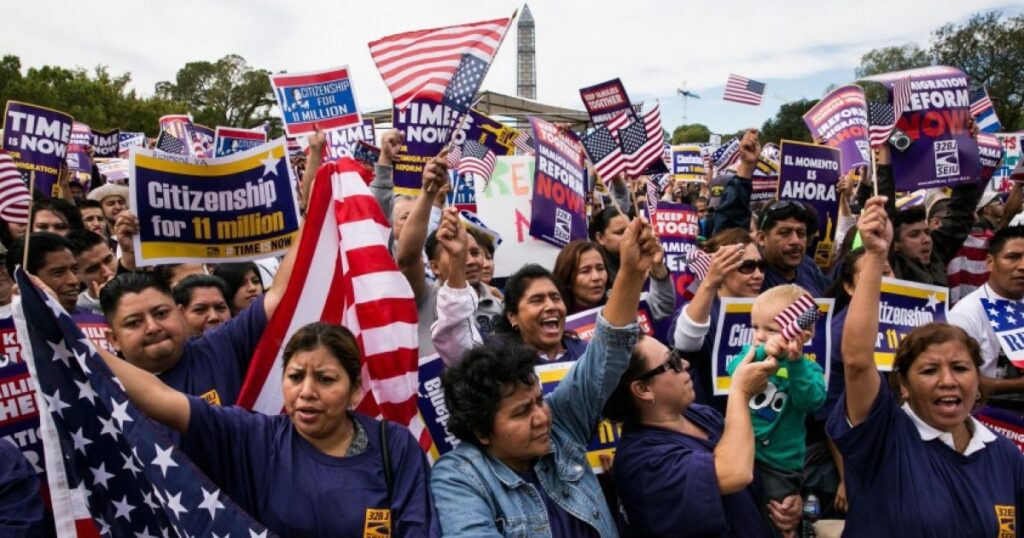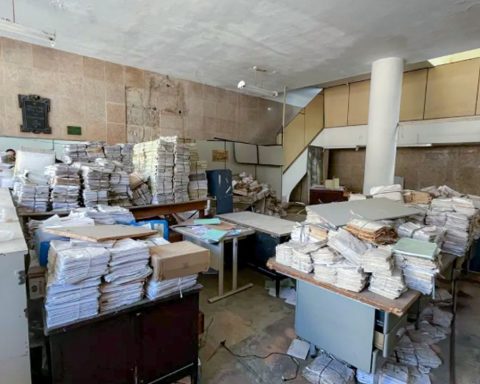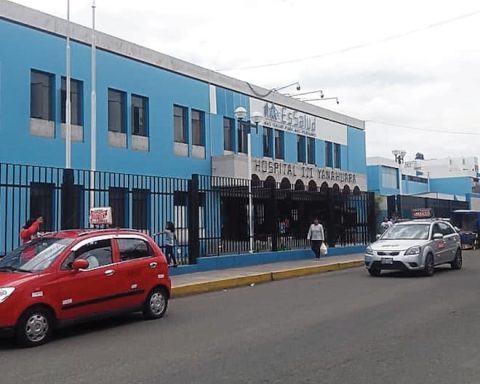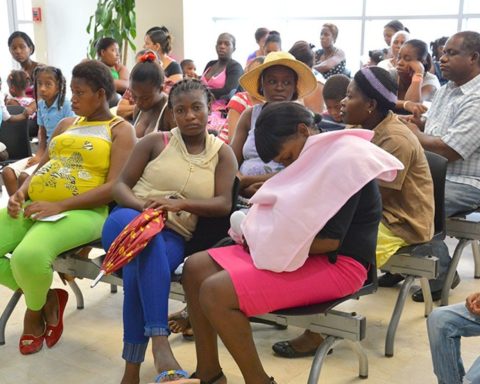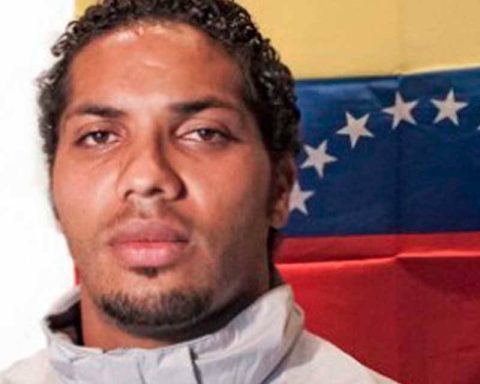– In that there is a migration policy on the part of the countries of origin, transit or reception, so the question is about its intention, that is, what that policy does state: restrictive, repressive, containment, that clandestines the initiatives of organization, protection and self-care of the migrant populations themselves (the caravans); that subjects the shelter to a process of wear and tear through the use of intermediate or alternative figures; that reduce coverage capacity, always tailored to the interests of the states, especially the rich nations, by the way, the ones that have assumed the least responsibility for these people.
– On the other hand, there is a reasonable consensus on what the current migratory policy of receiving countries wants to integrate: it does not want poor migrants from poor nations; does not want refugees, leaving him the role of application office neighboring nations with the use of legally questionable concepts such as safe third country; promotes the entry of highly qualified migrants, which tacitly exposes them as countries that pirate human resources without paying a dollar for the training process of these immigrants.
In general terms, it is clear that the State is largely responsible for the serious humanitarian problem in the global migration scenario. The death of dozens of migrants in Texas in recent days is a pattern of organized crime behavior that has been repeated in Hungary, Thailand, Austria and a long etcetera, and that originates largely from the absence (decline?) of the State to assume responsibility for a social phenomenon with a new reading and with different tools given the impact of current strategies.
There is a clear diagnosis. What is not clear in any sense is the will of the system of nations to undertake another way of dealing with this situation. Let us give some examples that could be the beginning of a new immigration policy:
– Match Official Development Assistance (ODA) with remittances. The money that migrants send annually to their countries of origin is between 500,000 and 600,000 million dollars, while ODA is barely in the range of 140,000 million dollars. If the idea is to retain potential new migrants, increasing the resources that reach families could be a good start.
– Recover temporary mobility schemes with the necessary improvements. The Braceros Agreement (1942-1964) mobilized nearly 5 million Mexican workers during this period. This model was replicated in dozens of countries around the world with varying results. Recovering temporality in migration supposes integrating them into legal schemes and this integration has a decisive effect, that is, it would rip migrants out of the hands of organized crime, who today are one of the goods higher value for traffickers.
– Establish harmonized mechanisms for the prosecution of crimes against migrants, among the nations connected by these movements. A regional agreement to fight trafficking, smuggling and related crimes between Mexico, Honduras, El Salvador and Guatemala would establish a single action that would send a clear message to criminals.
– Anchor migration policies to development set forth in the 2030 Agenda. This instrument has put on the table the need to integrate migrants into development processes. Delegating the merger of surveillance to the UN rapporteur for migration would help define a surveillance and monitoring policy towards nations that do not comply with the task of making room for migrant populations in welfare actions. multilateralize the migration-development agenda with a watchdog who could issue annual reports on the matter would be a very promising start.
